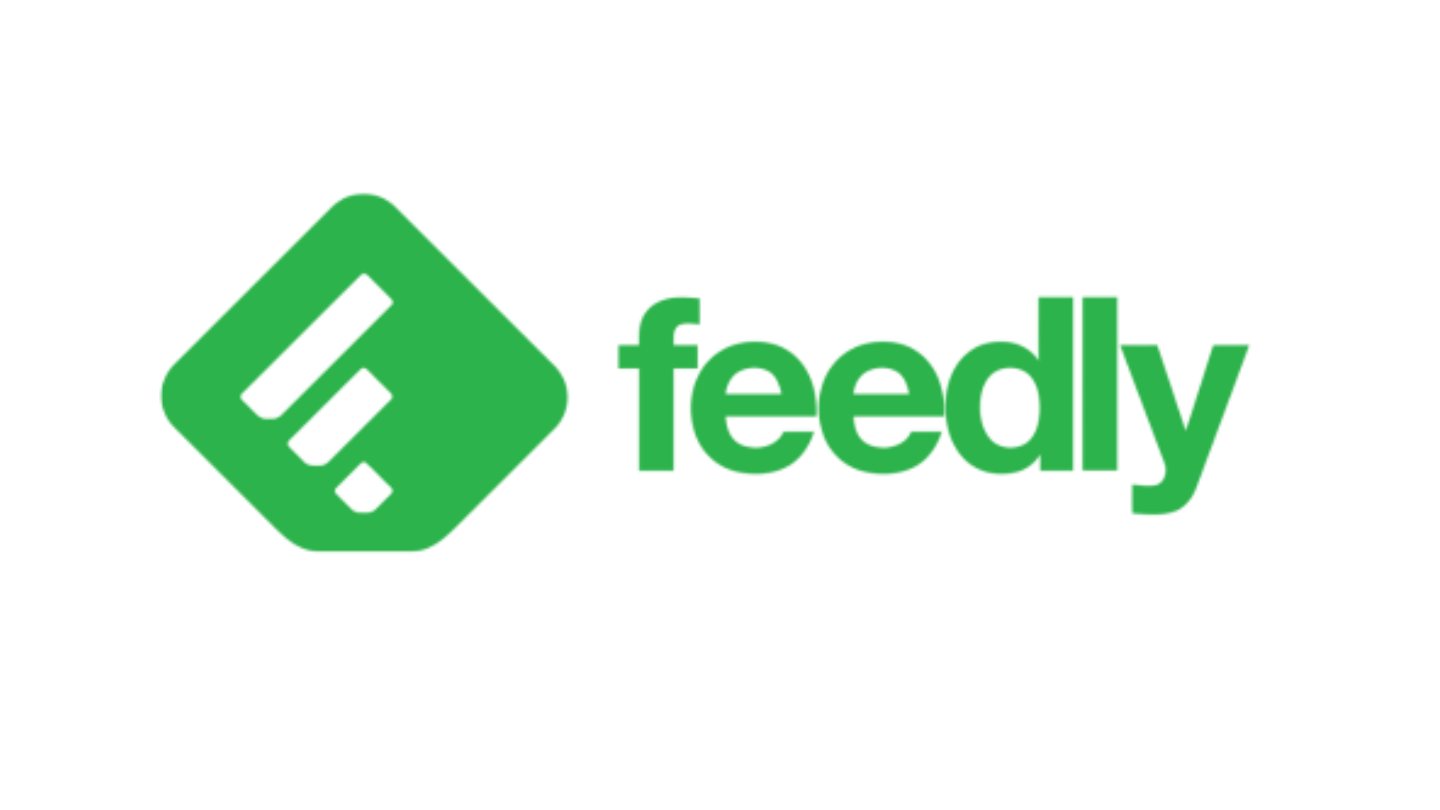Keeping track of what’s being said about your market, brand, or competitors has become an endless task. There’s simply too much information out there. Between online media, blogs, newsletters, and social networks, the flow of content is far beyond what any human can process. Without the right tools or structure, monitoring quickly turns into constant background noise, and the essentials get lost.
Media monitoring tools are here to simplify the job. Their role is to filter, prioritize, and organize the information that really matters, so you can focus on insights instead of noise.
Some tools simply centralize your news feeds, while others go much further, adding semantic analysis, trend detection, and reputation tracking.
The market is diverse, and not every tool serves the same purpose. In this comparison, we help you see through the noise. We’ve tested and reviewed the 8 best media monitoring tools on the market, from free solutions like Google Alerts to advanced AI-powered platforms like Brandwatch and Meltwater, as well as curation favorites like Feedly and Inoreader.
Sommaire
What exactly is a media monitoring tool?
“Monitoring” can mean many different things. For some, it’s about receiving a few Google Alerts. For others, it’s about having a full-fledged command center that tracks the global press, social media, and online conversations in real time.
In both cases, the goal remains the same: to turn raw information into actionable knowledge.
A media monitoring tool does precisely that. It automatically gathers data from hundreds, sometimes thousands, of sources: websites, news outlets, blogs, newsletters, forums, and social networks. It sorts and filters the results according to your criteria, surfacing only what’s truly relevant. It does the heavy lifting for you: capturing the flow, cutting out the noise, and highlighting the key signals.
Still, not all tools do the same job. Broadly speaking, we can distinguish three main categories of media monitoring software.
#1 Curation and aggregation tools
These are the foundations of any monitoring setup. They help you structure your information flow, centralizing RSS feeds, newsletters, and alerts into a single, organized workspace.
The idea isn’t to read everything, but to regain control over your information, without relying on the algorithms of social networks or search engines.
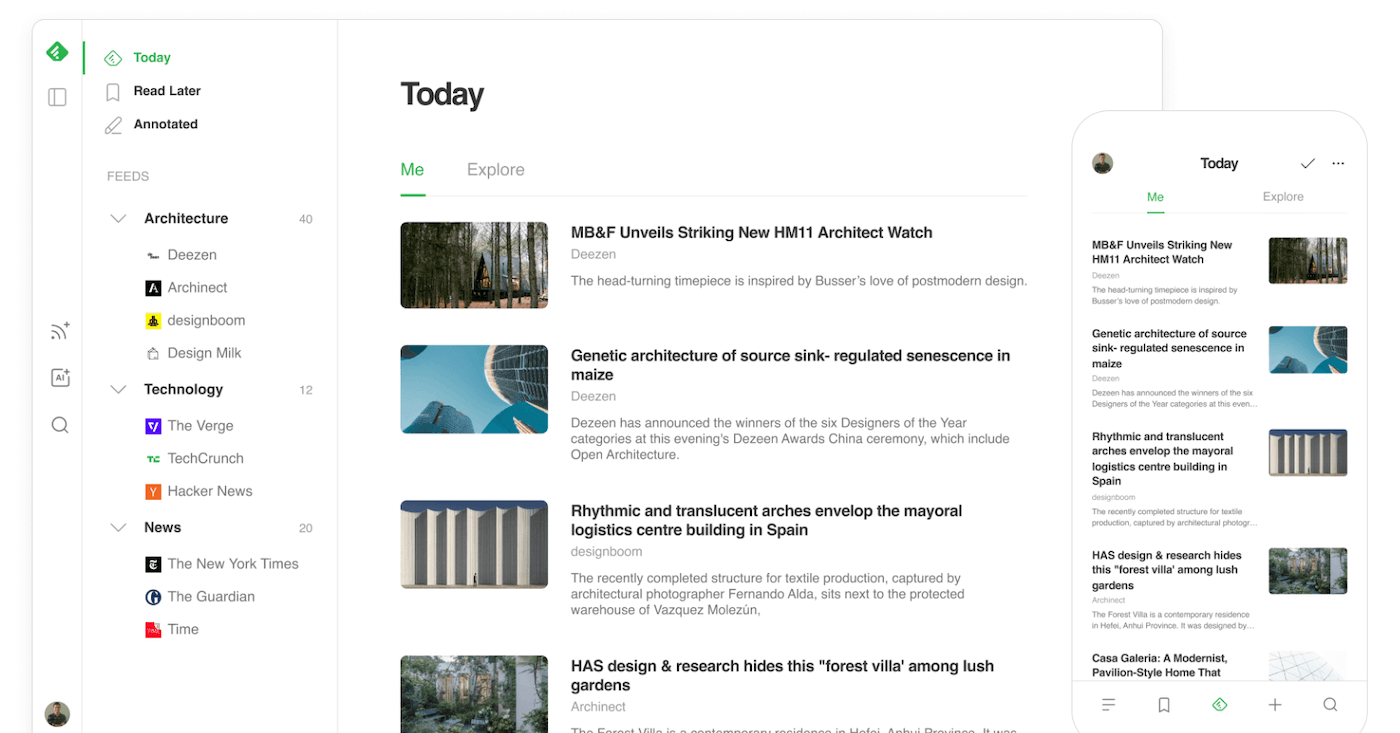
Tools like Feedly, Inoreader, and Google Alerts are perfect for this. They’re simple, often free, and ideal for beginners, though somewhat limited when it comes to analysis, collaboration, or data interpretation.
#2 Social and content monitoring tools
This is the next level. These platforms continuously track what’s being said about your brand, competitors, or key topics. They analyze mentions across the web and social media, measure engagement, sentiment, and share of voice, and alert you in real time when conversations spike.
This is where tools like Mention and BuzzSumo shine. They’re widely used by marketing and communications teams to monitor e-reputation, identify emerging trends, and measure the impact of campaigns, an action-driven approach to monitoring.
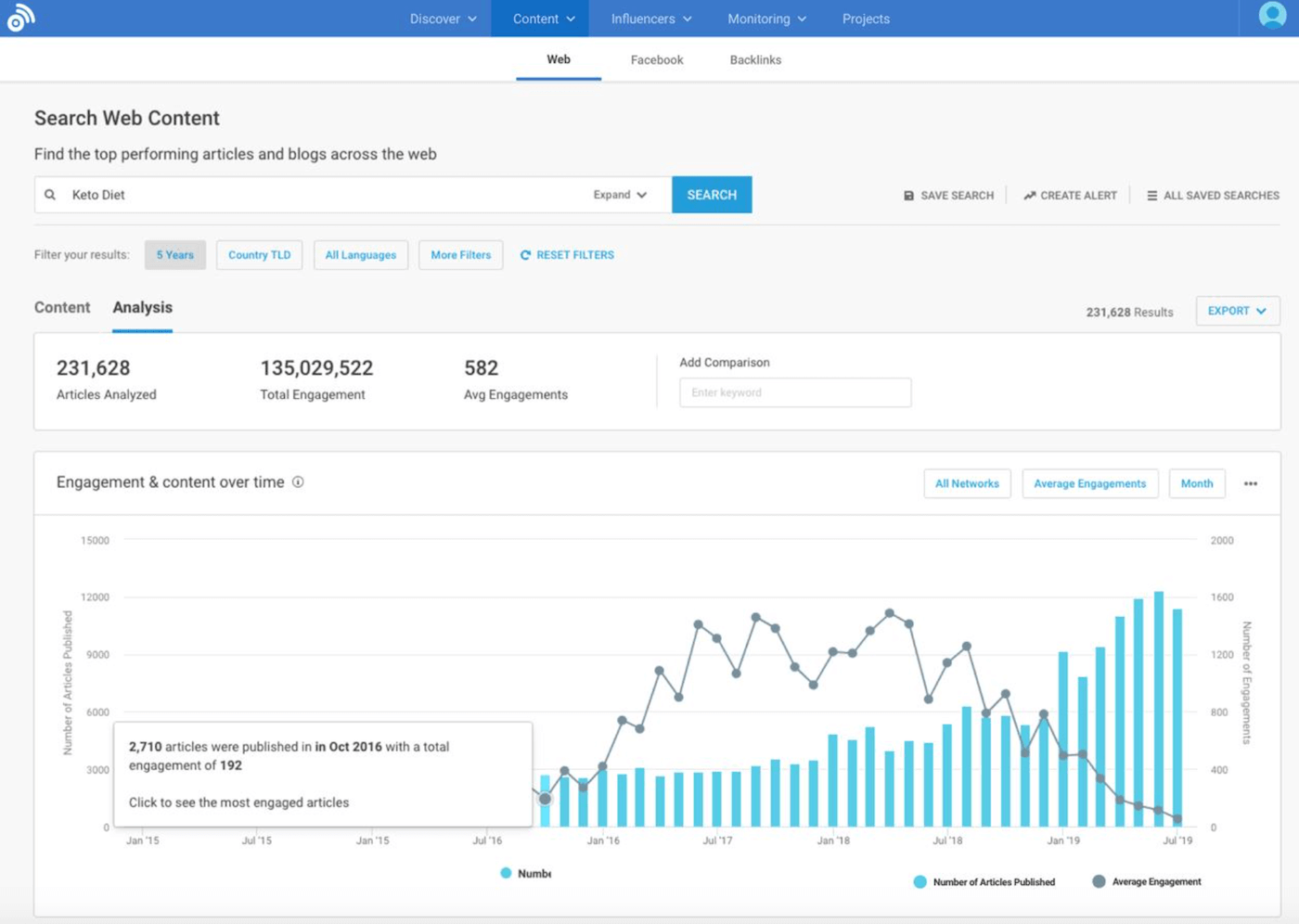
#3 Strategic intelligence suites
At the top end are the corporate intelligence platforms. These don’t just collect information, they analyze it at scale.
They handle massive data volumes, often including historical archives, and use artificial intelligence to detect weak signals, map industry players, or track market evolution over time.
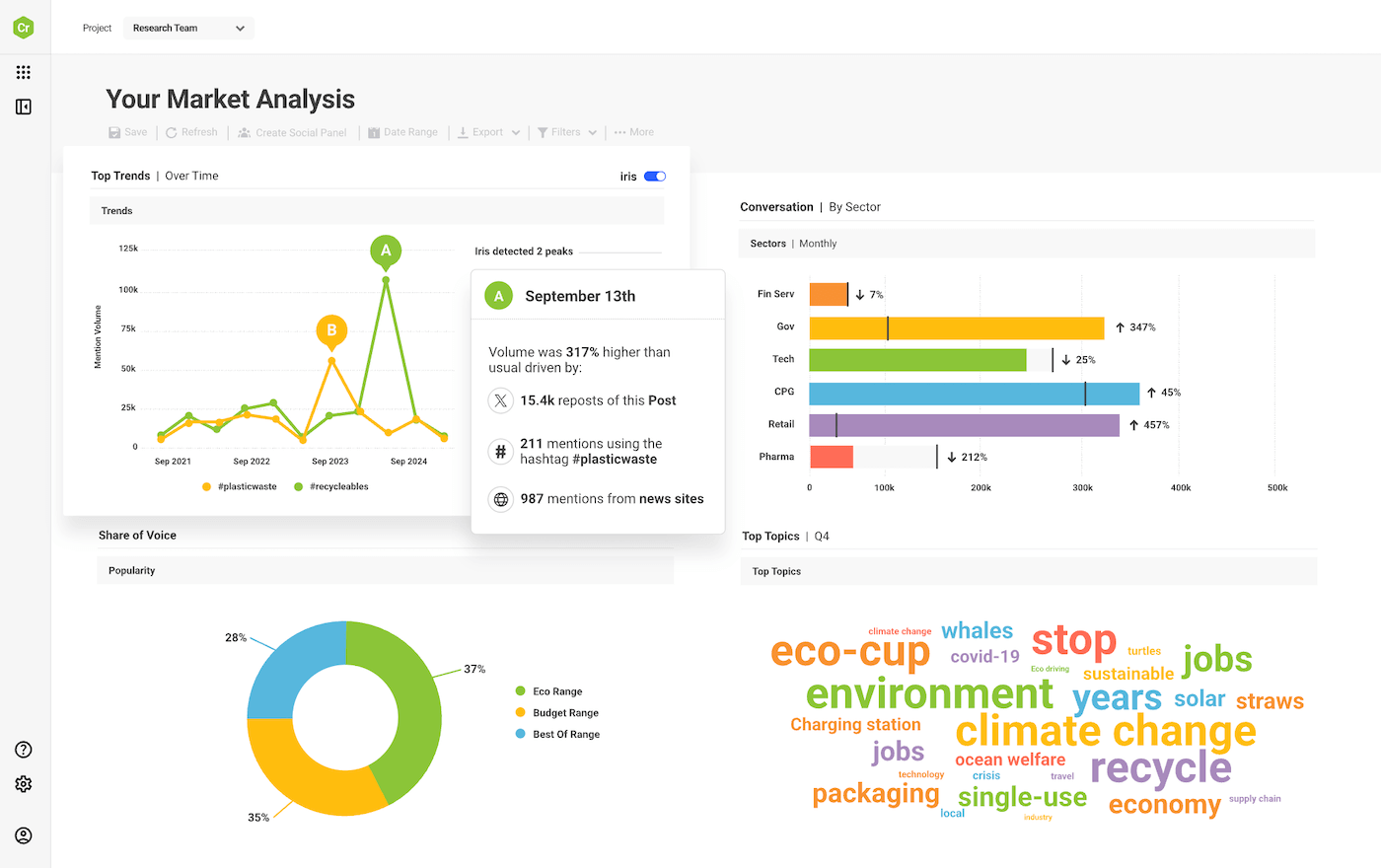
They often include semantic analysis modules, automated reporting, and integrations with business intelligence tools. Meltwater, Brandwatch, and Digimind are among the best-known examples, powerful solutions for organizations that view monitoring as a genuine decision-making tool.
Curation and alert tools
These platforms are the starting point of any serious monitoring strategy. Their mission is simple: help you organize your information flow without being overwhelmed. They don’t interpret the data, instead, they give you the right habits: centralize, filter, and prioritize.
Feedly: media monitoring powered by AI
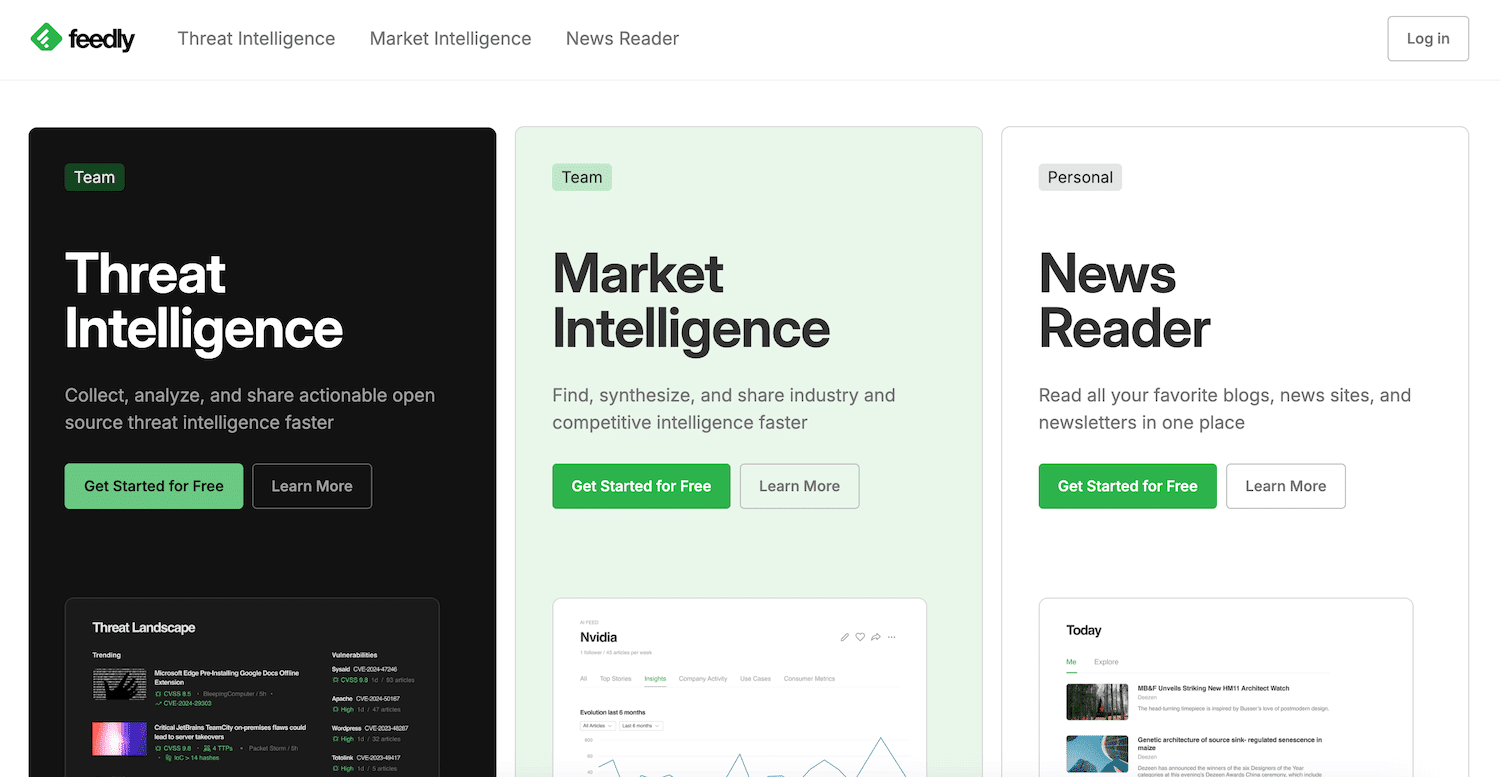
For years, Feedly was “just” an RSS aggregator, a convenient way to follow your favorite sources without relying on social media algorithms. But the platform has since taken a bold step forward, embracing artificial intelligence to redefine how professionals manage information.
Its smart assistant, Leo, learns from your reading habits, analyzes the articles you follow, and ranks them by relevance. The result: less time sorting, more time reading what truly matters. Leo also helps you spot trends, detect weak signals, and generate thematic summaries in seconds.
Feedly stays true to its core: a tool that adapts to your workflow. You’ll find everything you expect from a modern monitoring solution, folders and tags, shared feeds, and smooth integrations with tools like Slack, Zapier, or Trello. The experience is clean, intuitive, and designed for efficiency.
That said, sophistication comes at a cost. The Pro and Pro+ plans remain affordable (€6.99 and €8.81 per month with an annual commitment), but the advanced Market Intelligence features, those leveraging AI and deep analysis, start at around $1,600 per month.
Try Feedly for free
Feedly offers a free plan that lets you follow up to 100 sources. For professional use, the Pro plan starts at €6.99/month.
Inoreader: the professional’s curation powerhouse
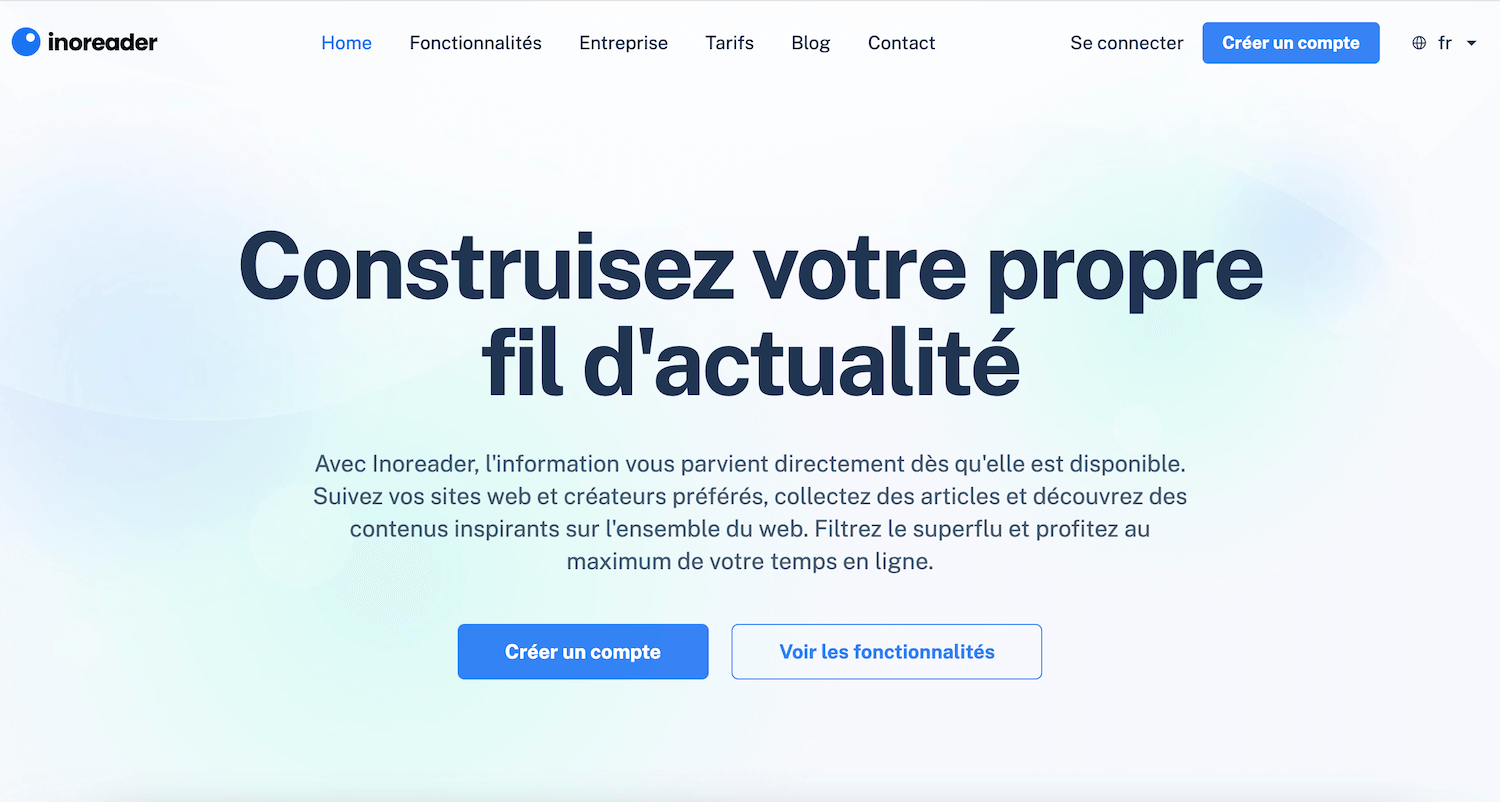
If Feedly has chosen to rely on AI, Inoreader has gone the other way, focusing on control and customization. It’s arguably the most powerful curation platform for users who like to fine-tune their feeds, filters, and workflows.
The interface is minimalist, fast, and distraction-free. You can filter, tag, automate, exclude duplicates, hide certain topics, or trigger alerts for specific keywords. It’s a tool built for power users, those who want a monitoring dashboard perfectly tailored to their information needs.
Inoreader goes far beyond RSS. You can follow newsletters via a dedicated email address, save searches from Twitter, Reddit, or Google News, and connect it to automation services like IFTTT or Zapier. The result is a complete environment to centralize all your monitoring, without depending on opaque platform algorithms.
Another strong point: excellent value for money. The Pro plan costs €6.67/month, about the same as Feedly, but offers even more flexibility. You can, for example, create complex rules to automatically mark recurring topics as read or categorize articles by source, tone, or importance.
Yes, Inoreader requires a bit of setup at first, but once configured, it’s incredibly efficient. Where Feedly leans on AI assistance, Inoreader appeals to professionals who prefer full manual control over their feeds and filters.
Try Inoreader for free
Inoreader offers a generous free plan with unlimited feed reading and multi-device sync. The Pro plan (€6.67/month) unlocks filters, automation rules, Zapier/IFTTT integrations, and newsletter tracking directly within the platform.
Google Alerts: the gateway to media monitoring
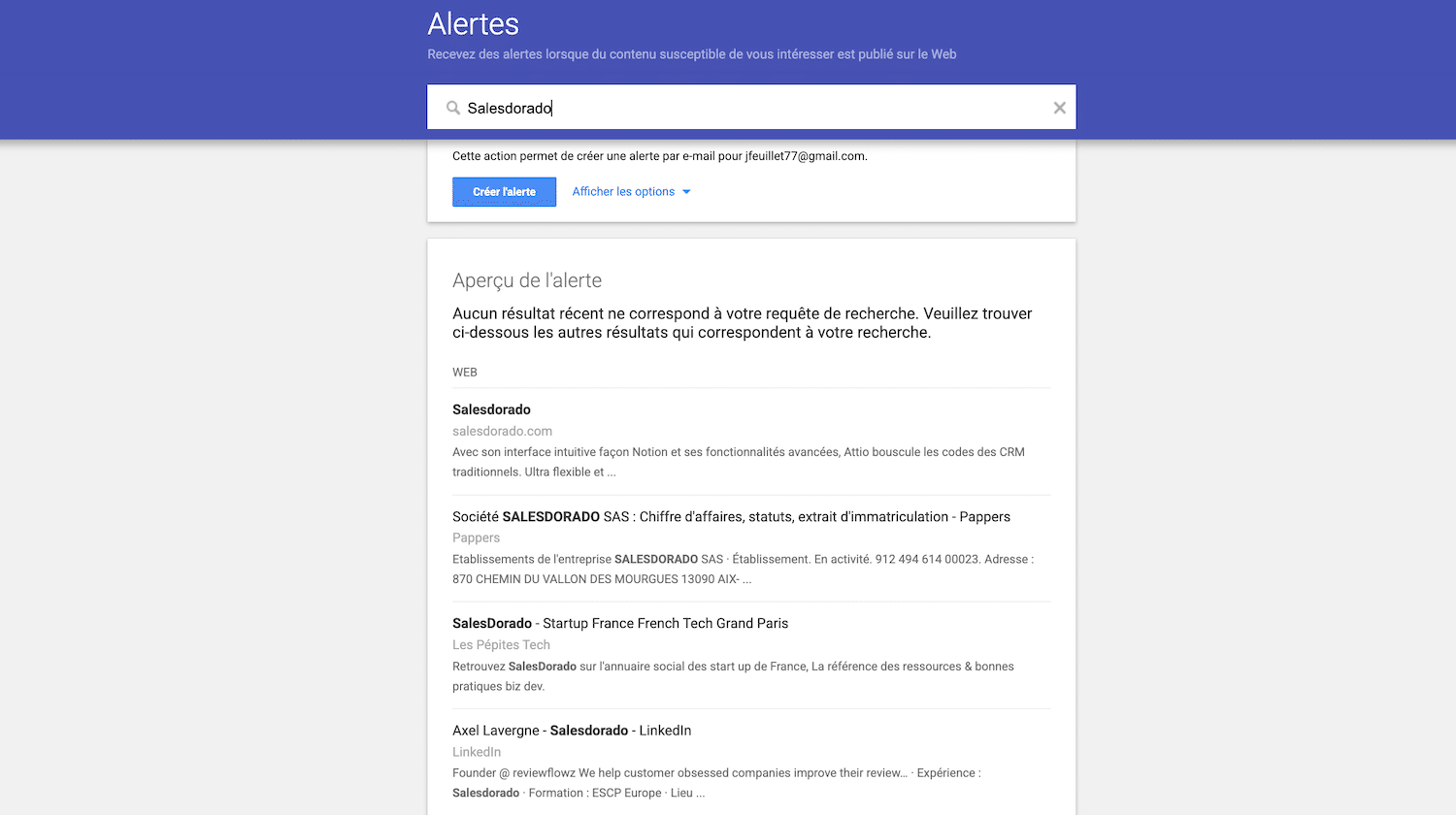
It’s impossible to talk about media monitoring without mentioning Google Alerts. For many professionals, it’s the very first tool they try, and with good reason. It’s free, easy to set up, and accessible to everyone. Enter a keyword, brand, or company name, and Google notifies you whenever a new page matching your query is indexed. Simple, fast, and instant.
But that simplicity comes with limitations. Google Alerts relies on the traditional search index rather than true monitoring technology. This means your alerts may arrive late, miss key mentions, or repeat similar results. Most importantly, it provides no context, no audience data, no domain authority, no sentiment analysis.
For personal or occasional use, that’s perfectly fine. You can, for instance, track mentions of your brand or know when a press release is picked up. But if your goal is to manage your reputation, monitor competitors, or guide a content strategy, Google Alerts will quickly reach its limits.
It’s an excellent entry point to understand how monitoring works, but not a professional-grade solution. Think of it as a lightweight introduction before moving on to more advanced, data-driven tools.
Try Google Alerts
Google Alerts is completely free. You can create as many alerts as you like and customize the frequency, language, and sources (news, blogs, web). It’s a great way to start monitoring without a budget.
Social and content monitoring tools
Once your information flow is structured, it’s time to move to active monitoring. The tools we’ll explore here do more than simply organize sources, they track the web in real time, detect mentions, measure engagement, and alert you when a topic starts gaining traction.
In this category, two tools stand out clearly: BuzzSumo and Mention. The former excels at content performance and SEO insights, while the latter is renowned for social listening and reputation tracking.
BuzzSumo: the benchmark for content and SEO monitoring
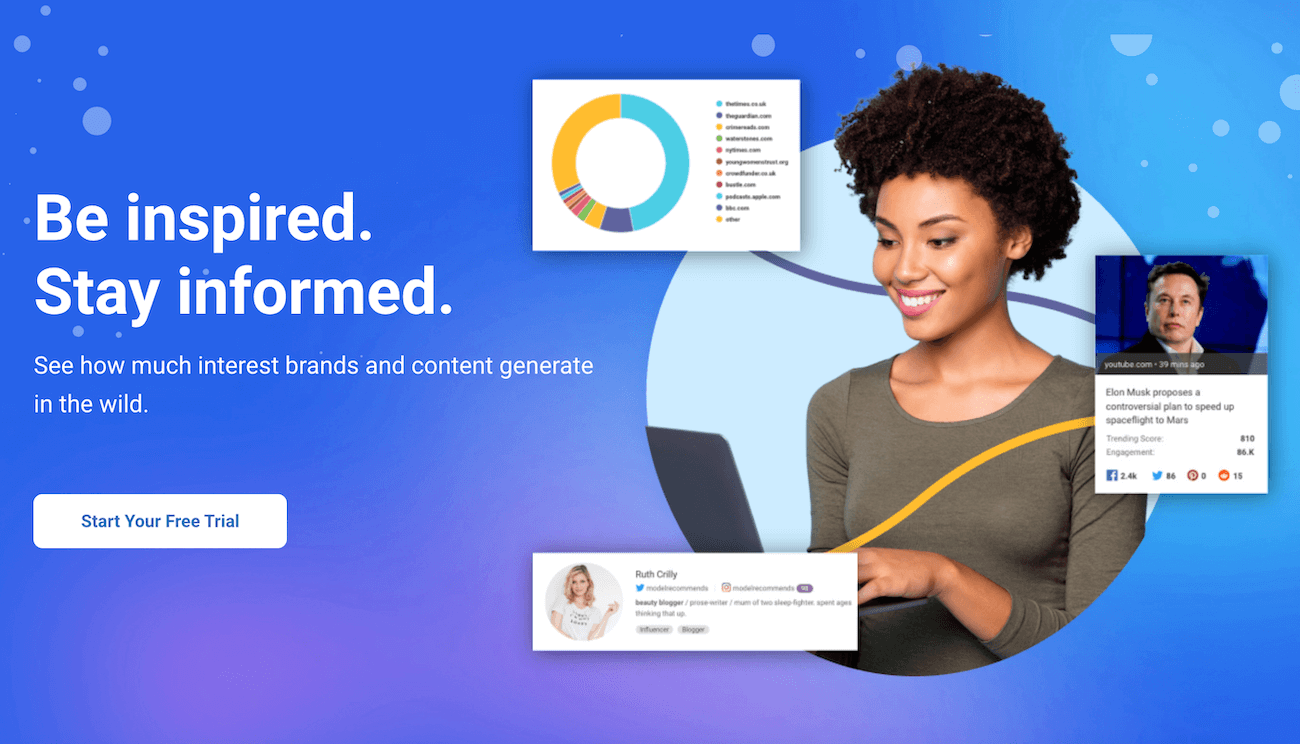
BuzzSumo has become a must-have for content marketers. Its strength lies in a simple and pragmatic promise: understand what works best on the web, and why.
The platform analyzes millions of articles to measure real engagement (shares, likes, comments). In minutes, you can identify which topics resonate most with your audience, which media outlets cover them, and which influencers amplify them.
BuzzSumo is part analytics tool, part content ideation engine, and part PR assistant. Unlike Google Alerts, it doesn’t just tell you that someone mentioned you, it quantifies the scale of the conversation. You can even identify unlinked mentions (brand citations without backlinks) and turn them into link-building opportunities.
It also integrates Domain Authority metrics, helping you prioritize mentions based on source influence. You’ll instantly know whether a mention comes from a top-tier outlet or a smaller site, and focus your PR efforts where they matter most.
BuzzSumo is a paid platform (starting at $159/month), but for marketing and PR teams looking for results-oriented monitoring, more visibility, more backlinks, less noise, it delivers strong ROI.
Try BuzzSumo for free
BuzzSumo offers a 30-day free trial. Test content discovery, mention alerts, and engagement analytics before committing to a paid plan (starting at $159/month).
Mention: advanced monitoring for companies and agencies
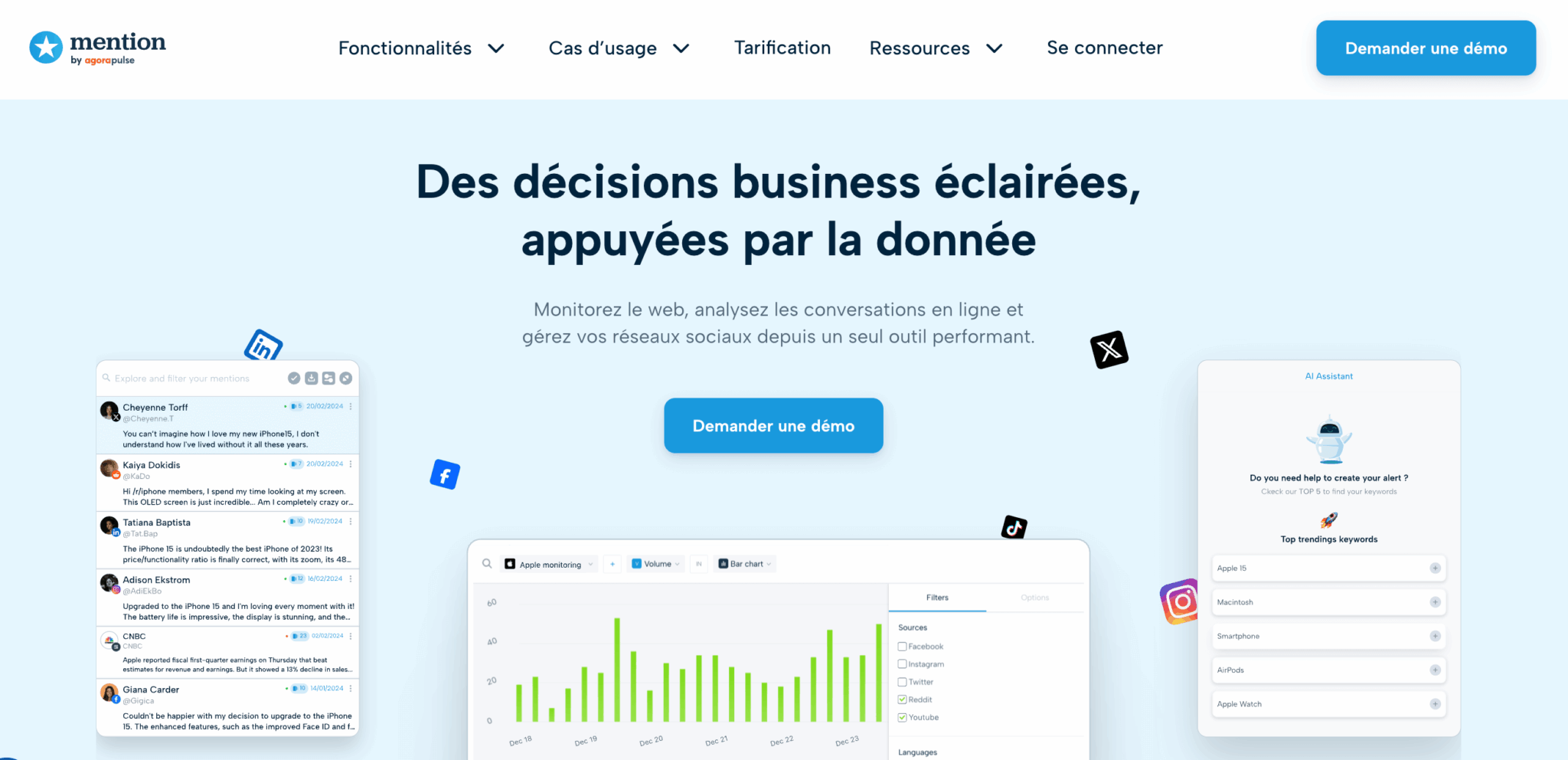
Mention has long been a go-to for SMEs and marketing teams looking for fast, easy-to-deploy monitoring. But in 2025, the platform has clearly shifted its focus upward, now targeting agencies and large enterprises that treat monitoring as a true strategic lever.
Its core promise hasn’t changed, monitor, analyze, act, but the platform’s depth has evolved dramatically. Mention now tracks over a billion web and social sources: online press, blogs, forums, social media, review sites, and more. Each mention is enriched with indicators like reach, sentiment, and impact, allowing teams to spot high-priority signals in real time.
The interface retains the same clarity and speed that made it so popular. Alerts are delivered instantly, reports are ready to share, and the platform integrates smoothly with your stack (Slack, Zapier, CRM tools, etc.).
Pricing has also been simplified: Mention now offers a single plan, Company, priced at €599/month (excl. VAT).
With this move, Mention is positioning itself firmly in the enterprise segment. It now targets mature organizations, communications agencies, global brands, and large marketing or PR departments, ready to invest in a robust, multi-brand, and international monitoring setup.
Request a Mention demo
Mention offers on-demand demos for businesses and agencies interested in exploring the platform. You can test real-time alerts, customizable dashboards, and collaborative features before subscribing to the Company plan (€599/month).
Competitive intelligence suites
At the top of the pyramid are the enterprise-grade intelligence platforms. These tools don’t just collect mentions, they analyze, correlate, and interpret data at scale. They’re designed for large companies, institutions, and international organizations looking to monitor their reputation, brand perception, and competitive landscape globally.
Solutions like Meltwater, Brandwatch, and Digimind cover millions of sources across hundreds of languages, integrating AI-driven semantic analysis and connecting directly to BI systems. They turn monitoring into a genuine strategic decision-making engine.
Meltwater: the global benchmark in media intelligence
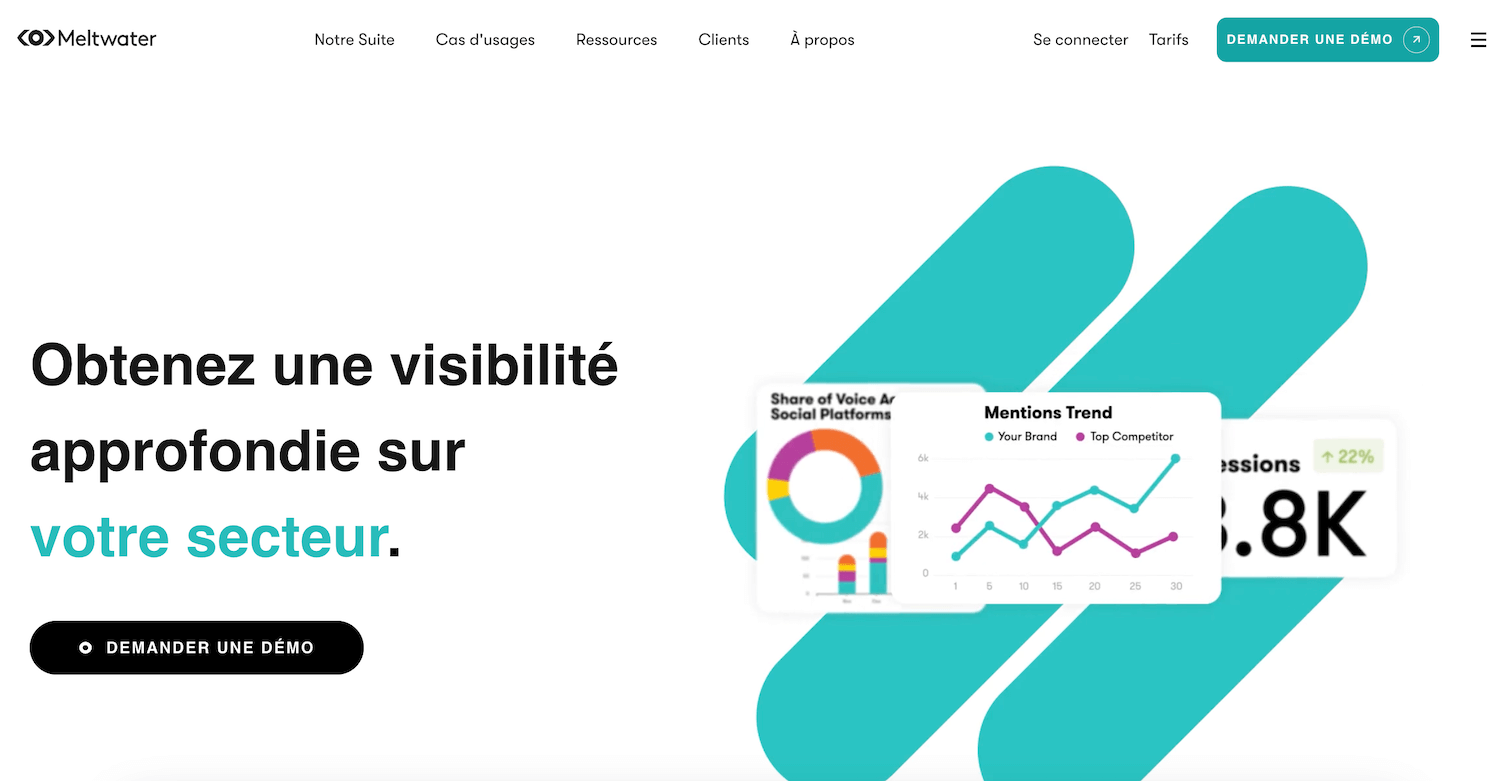
Meltwater is one of the pioneers of media monitoring and social listening, now evolved into a complete intelligence platform combining global coverage, analytics, and advanced reporting. Its strength lies in the richness of its ecosystem: over 270,000 news sources in 480+ languages.
In practice, Meltwater lets you track press coverage, social mentions, and online conversations about your brand or competitors in real time. The focus is squarely on PR performance, measuring reach, identifying key influencers, and helping you prioritize based on visibility and audience impact.
It integrates smoothly with tools like Power BI, Looker, or Domo, allowing comms and data teams to merge monitoring, reputation, and brand performance within a single, data-driven approach.
Its main drawback? Historical depth. Meltwater retains only around 15 months of data. For long-term trend analysis or retrospective studies, Brandwatch or Digimind are better fits. But for operational, global, and reactive monitoring, Meltwater remains the gold standard.
Request a Meltwater demo
Meltwater offers customized demos based on your organization’s size and needs. Discover the platform’s dashboards, analytics, and social intelligence capabilities tailored to your sector.
Brandwatch: the most advanced platform for analytics and insights
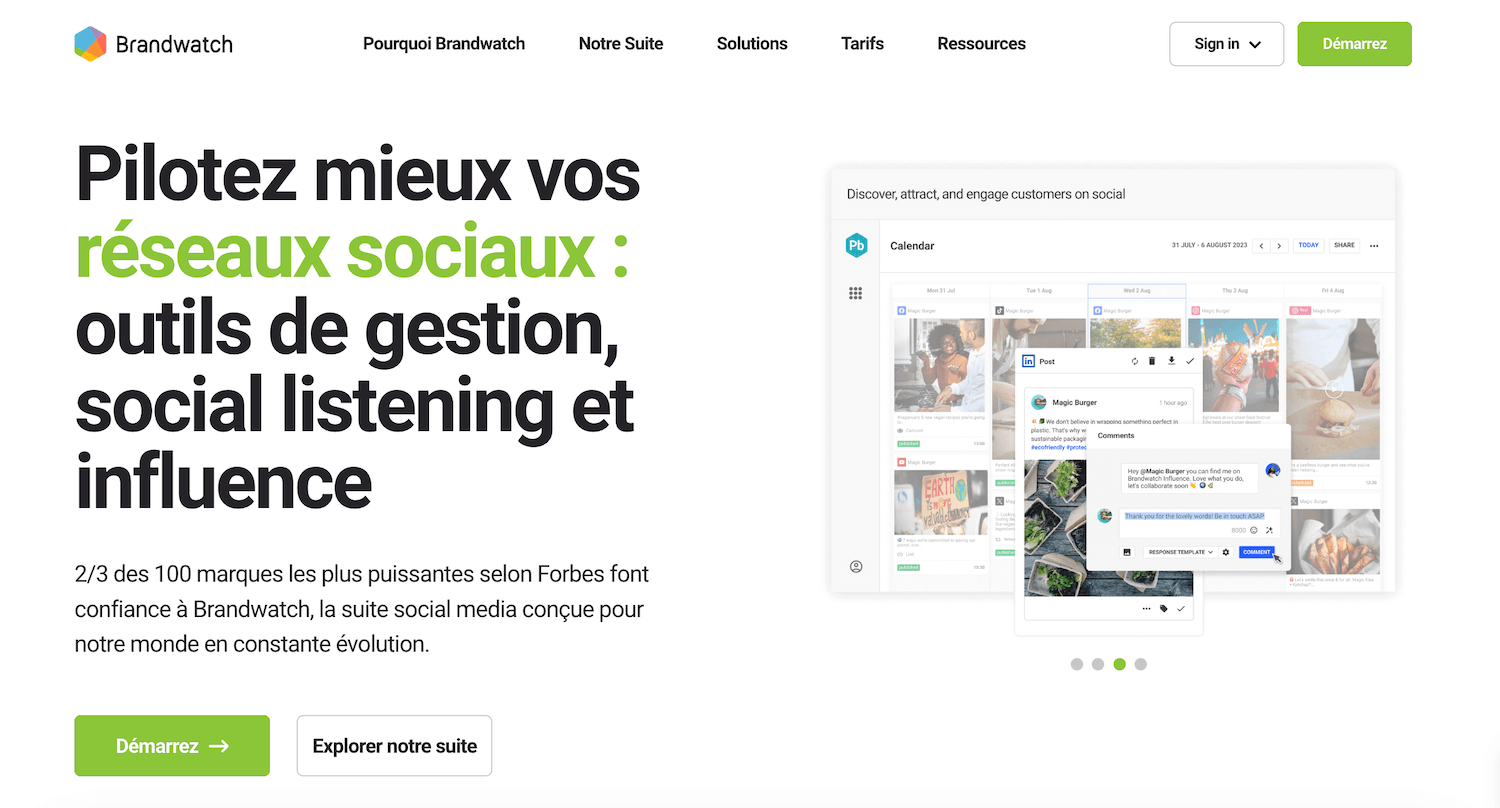
Brandwatch, now part of the Cision group, is arguably the most advanced and analytics-driven monitoring platform on the market. It’s designed for organizations that want to go beyond simple mention tracking and truly understand online conversations, sentiment, and audience behavior. It’s the go-to solution for communications, marketing, and research teams that place data at the heart of their decisions.
One of Brandwatch’s greatest strengths is its historical depth. The platform archives data going back to 2008, allowing users to track trends over several years, identify recurring opinion cycles, and measure how brand perception evolves over time. Few competitors offer this level of retrospective insight.
Another standout feature is its proprietary AI, Iris. Developed over fifteen years, Iris performs semantic segmentation, detects emerging topics, and automatically generates executive summaries. In practice, it doesn’t just sort data, it interprets it. This allows teams to detect tone shifts, surface weak signals, and extract actionable insights in real time.
The interface is sleek and intuitive, making advanced analytics accessible even to non-technical users. Data can be filtered by channel, geography, sentiment, or customer journey stage. And for those using the broader Cision suite, integration is seamless: Brandwatch insights feed directly into PR campaigns and influence dashboards.
This isn’t an entry-level solution, but it’s an investment that pays off for organizations seeking a complete and reliable view of their digital environment. Whether you’re managing a brand, a product portfolio, or a global communications strategy, Brandwatch delivers depth, precision, and intelligence.
Request a Brandwatch demo
Brandwatch offers tailored demos showcasing its semantic analysis, competitive intelligence, and long-term reputation tracking capabilities.
Digimind (now Onclusive Social): the all-in-one competitive intelligence suite
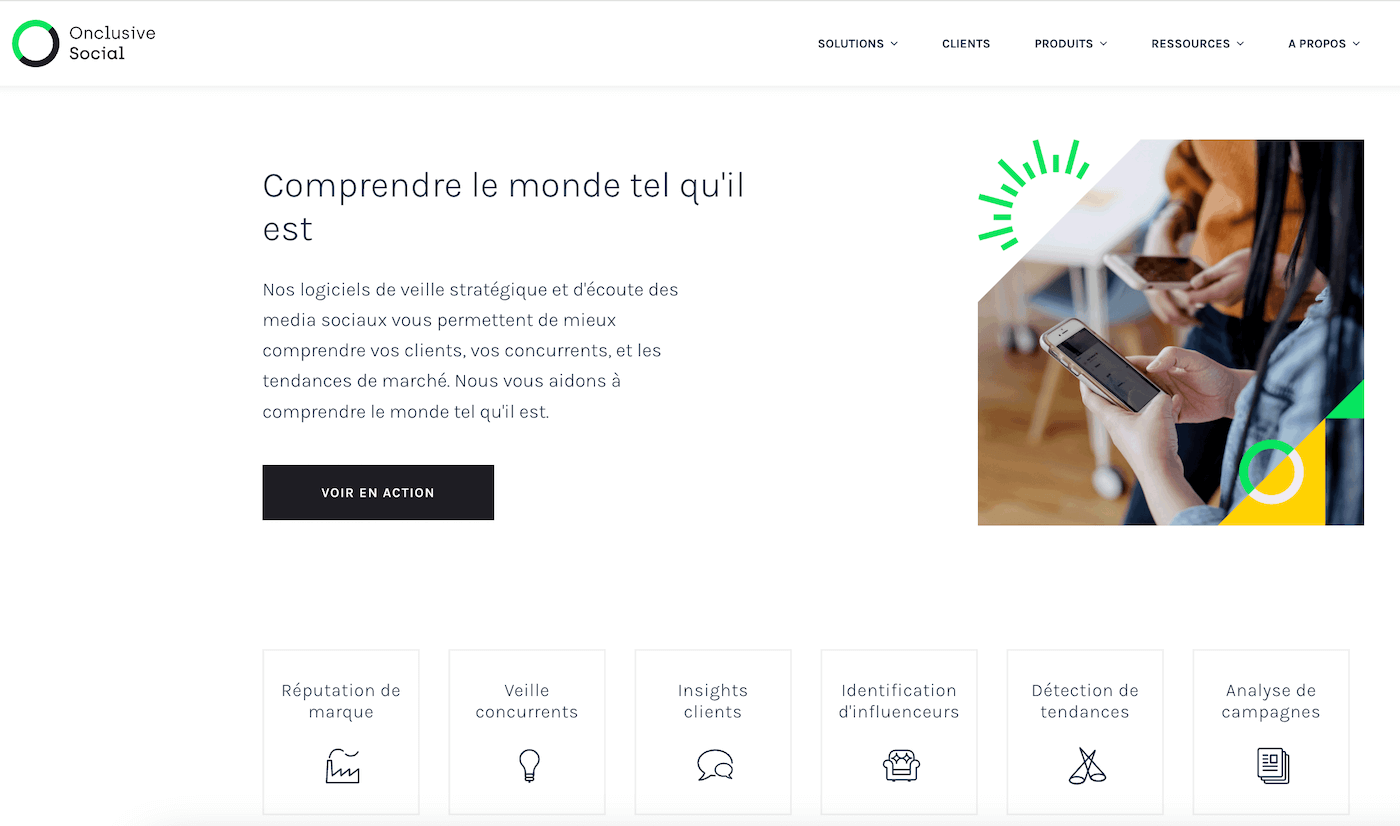
Formerly known as Digimind, Onclusive Social builds on the brand’s legacy of excellence in competitive intelligence and social listening. While many platforms focus solely on media monitoring, Onclusive Social provides a 360° understanding of your competitive landscape.
The platform combines three core pillars, social intelligence, competitive intelligence, and consumer insights. It aggregates millions of data points from websites, media outlets, forums, and social networks, transforming them into actionable metrics: share of voice, emerging trends, competitive benchmarks, and brand perception.
Dashboards are fully customizable to each team’s priorities. You can filter by topic, region, or channel, and export reports tailored to marketing, communications, innovation, or executive audiences. Integration with your existing stack is straightforward via APIs, CSV exports, or BI connectors.
What sets Onclusive Social apart is its action-oriented approach. It’s not just about observation, it’s about execution. You can track campaign performance, identify relevant influencers, and measure the real impact of your communication efforts. The goal is clear: turn monitoring into a strategic management tool.
While Onclusive Social primarily targets large organizations, its modular structure makes it flexible. You can start small (with competitive or social monitoring) and scale up to include consumer intelligence or reputation management. For enterprises seeking a comprehensive, global view of their market, it’s one of the strongest options available today.
Request an Onclusive Social demo
Onclusive Social offers personalized demos of its competitive intelligence, social listening, and consumer insight modules.
How to choose the right monitoring tool?
The monitoring landscape is vast, and the promises often sound similar, “AI-powered”, “real-time”, “smart analytics”. But not all platforms deliver the same value. The right choice depends on your goals, your resources, and your level of maturity in managing data and insights.
Before you decide, ask yourself three key questions:
- What’s your objective? Are you tracking your reputation, analyzing competitors, identifying market trends, or feeding your content strategy?
- Who will use the tool? A single user or a full team? And with what level of technical expertise?
- How will you use the results? To compile a press review, manage campaigns, or support executive decision-making?
Your answers naturally guide the choice of solution:
- Just getting started? Go for a curation tool like Feedly or Inoreader to organize your sources and build good monitoring habits.
- Running marketing or communications? Try a social and content monitoring platform like Mention or BuzzSumo to track e-reputation, competitors, and content performance.
- Managing corporate intelligence? Enterprise solutions like Meltwater, Brandwatch, or Onclusive Social offer the depth, integrations, and scalability needed for global monitoring.
Beyond the tool type, four criteria make the real difference:
- Coverage: The more international and visible your sector, the more valuable broad data coverage becomes.
- Relevance: A strong semantic engine filters out the noise and surfaces what truly matters.
- Collaboration: The tool should make it easy to share insights and circulate reports across teams.
- Total cost: Look beyond subscription fees, consider setup time, maintenance, and internal adoption.
In the end, there’s no single “best” monitoring platform. The right one is the tool that fits naturally into your workflow, saves you time, and helps you turn information into action.

